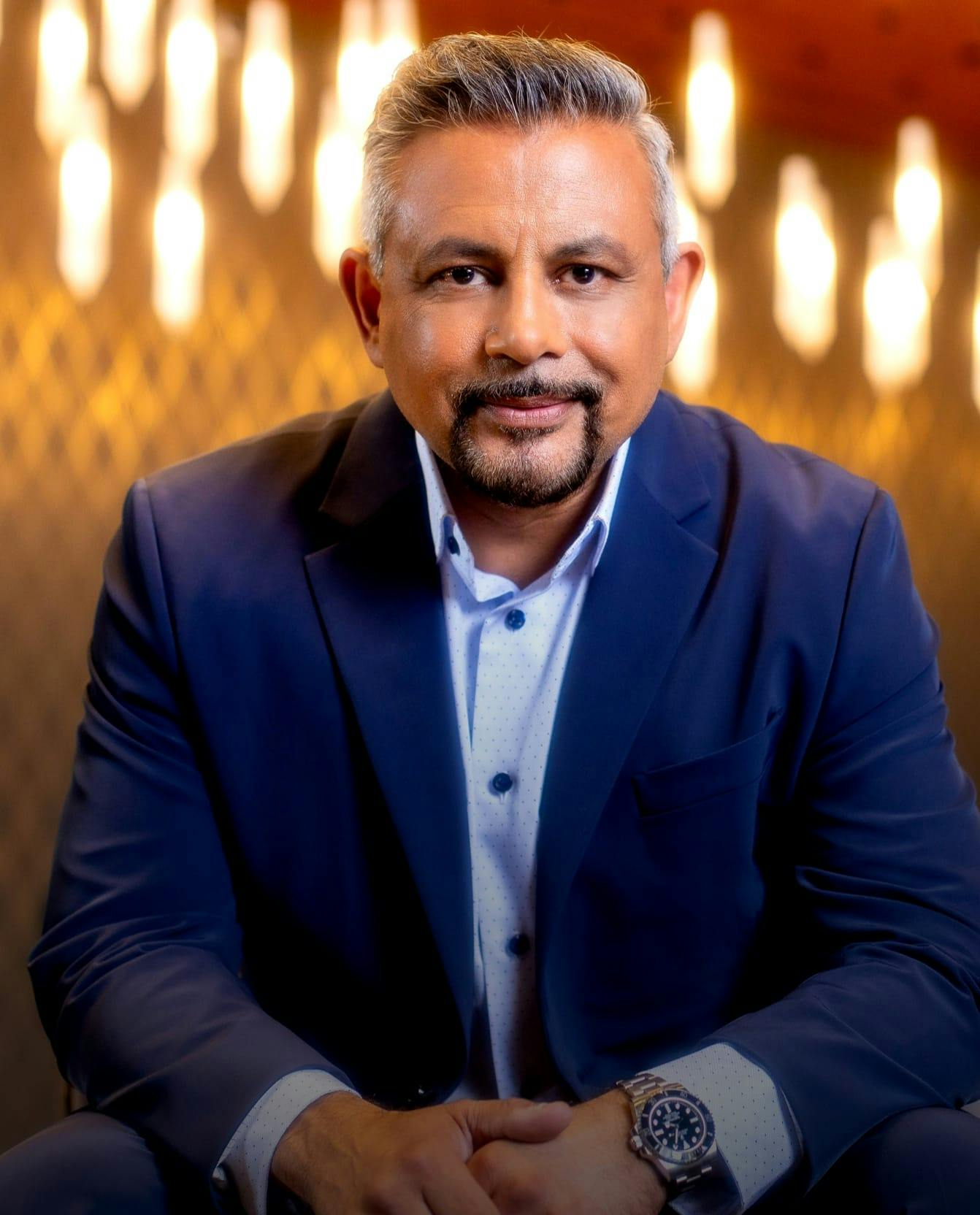When it comes to hair loss, there are no two treatments more renowned than minoxidil and finasteride. When visiting the dermatologist for hair loss issues, patients are sure to be recommended one of these medications. While one is topical and the other is a pill, these hair loss treatments have become an essential part of any hair restoration protocol.
Who is a candidate for Finasteride and Minoxidil?
Generally speaking, the candidacy for both treatments is the same. It works best on patients who are early on in the balding process and still have miniaturized hairs in the target areas. While older patients whose scalps have become smooth can also benefit from the treatment, they typically don’t respond as well as younger patients. Patients under 40 years of age are considered to be ideal.












